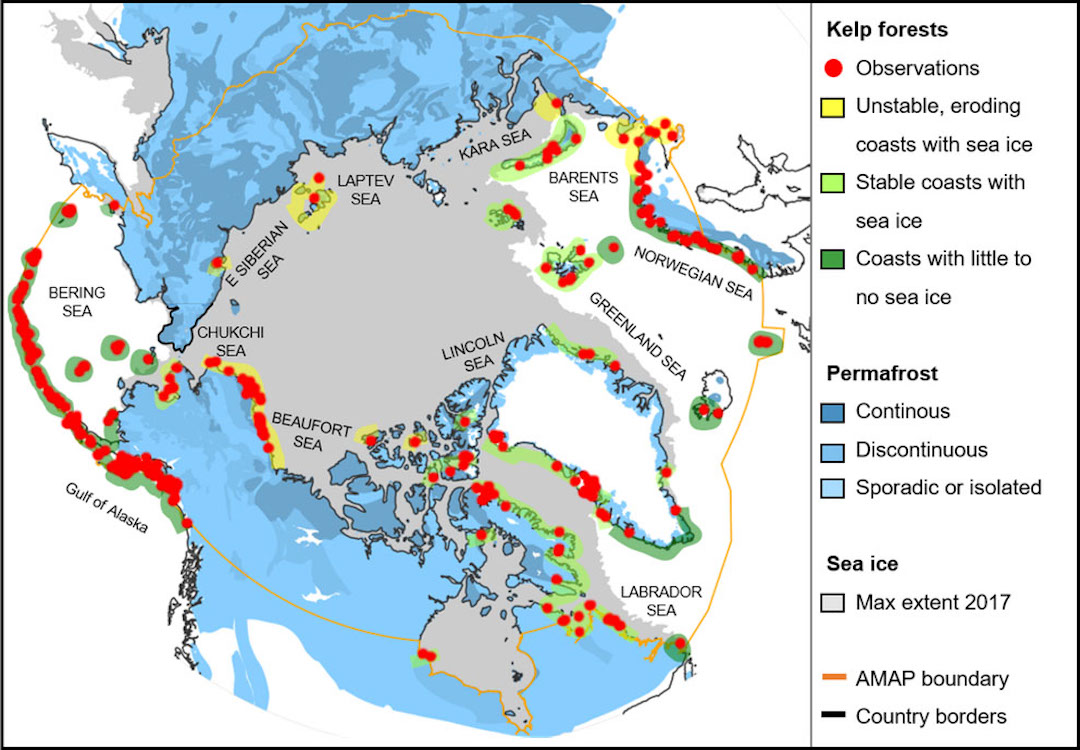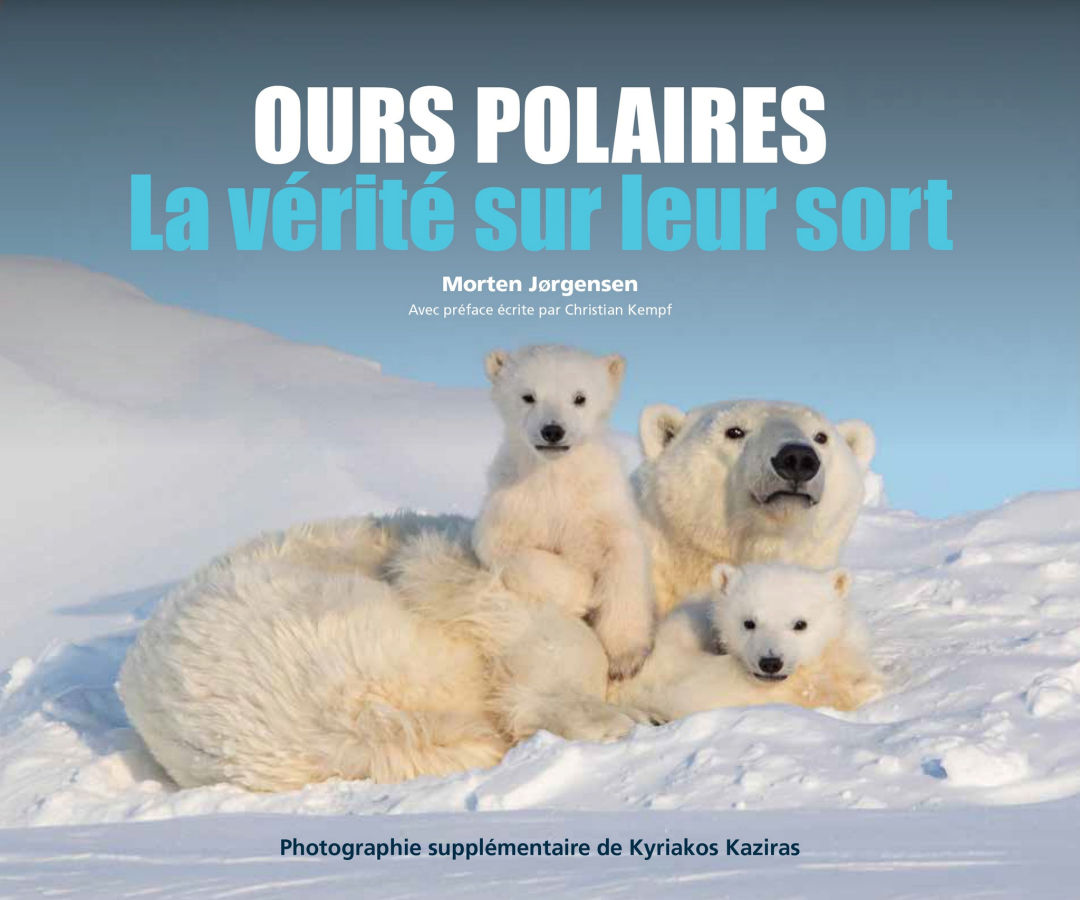
When they last counted them more than four decades ago, scientists found some 175 species of macroalgae (better known to you and me as seaweed) living in waters of Canada’s western Arctic. That number can be expected to increase in the years to come thanks to the efforts of an on-going research project that is looking to collect and identify as many seaweed species as possible before global warming changes everything.
The reason for this is because, as the ocean warms, seaweed that needs cold water to survive will spread north, while those species already established in the Arctic will probably be driven to extinction.
Scientists will only be able to watch on as the underwater ecosystem of the region changes in response to the seaweed makeup. The multi-year research programme, which began a five-week field season in August that wraps up on 20 September is centred around Iqaluktuuttiaq (Cambridge Bay), Nunavut, and is seeking to get a complete picture of the types of seaweed growing there now and the species they support. The hope is that knowing what the ecosystem is like today, and how it has already chanced since the current collection of specimens was gathered in the 1960s and ’70s, will make it easier to follow along as the changes occur.

Like most species, seaweeds in their myriad varieties have developed strategies to survive under specific conditions. In the Arctic, this has meant that, even with long periods of darkness, they have been able to adapt and use the cold, nutrient-rich waters to become enormously productive.
“Seaweeds are marine superstars, » says Dr Amanda Savoie, a phycologist who leads the Centre for Arctic Knowledge and Exploration at the Canadian Museum of Nature. « They’re an important part of coastal ecosystems, providing habitat for other ocean life and energy as part of the food chain, but like many marine organisms they are vulnerable to the warming effects of climate change. »
In addition to updating the list of species, Dr Savoie and the other scientists involved in the project are looking to find kelp forests. Kelp forests have been observed many places in the Arctic (see map above), and, indeed, can be expected to spread as temperatures rise and as more artificial lighting reaches the Arctic, but they have yet to be observed in near Iqaluktuuttiaq, despite there being evidence they are found there.
Thanks to their dense growth and the large numbers of species they support — as many as 350 species, from invertebrates to mammals — kelp forests are often described as aquatic rain forests. Finding one in Iqaluktuuttiaq would be « really exciting », according to Dr Savoie. That is a sentiment that requires no explanation.
Kevin McGwin, PolarJournal
Featured Image: Canadian Museum of Nature
More about this topic








